Despite the exhaustion from our adventures at Bomarzo, we couldn’t resist a detour to explore Civita di Bagnoregio. The two towns of Civita and Bagnoregio were once connected but by the 16th century, Civita had begun to disintegrate. The clay base below the tufa subsided and the cliff edges were weakened by the constant removal of stone to build houses. An earthquake in 1695 sealed its fate and the residents moved to Bagnoregio. There is now a permanent population of 12 in Civita, swelling to over 100 in the summer months, not to mention thousands of tourists. There is only one way into the town, across a long, steep footbridge.

We parked the car in Bagnoregio and boarded a shuttle bus, the driver uninterested in collecting our €1 fare. A white-knuckle ride brought us to the start of the walkway with magnificent views across the valley.

As we climbed, the vista opened up to the mountains beyond.
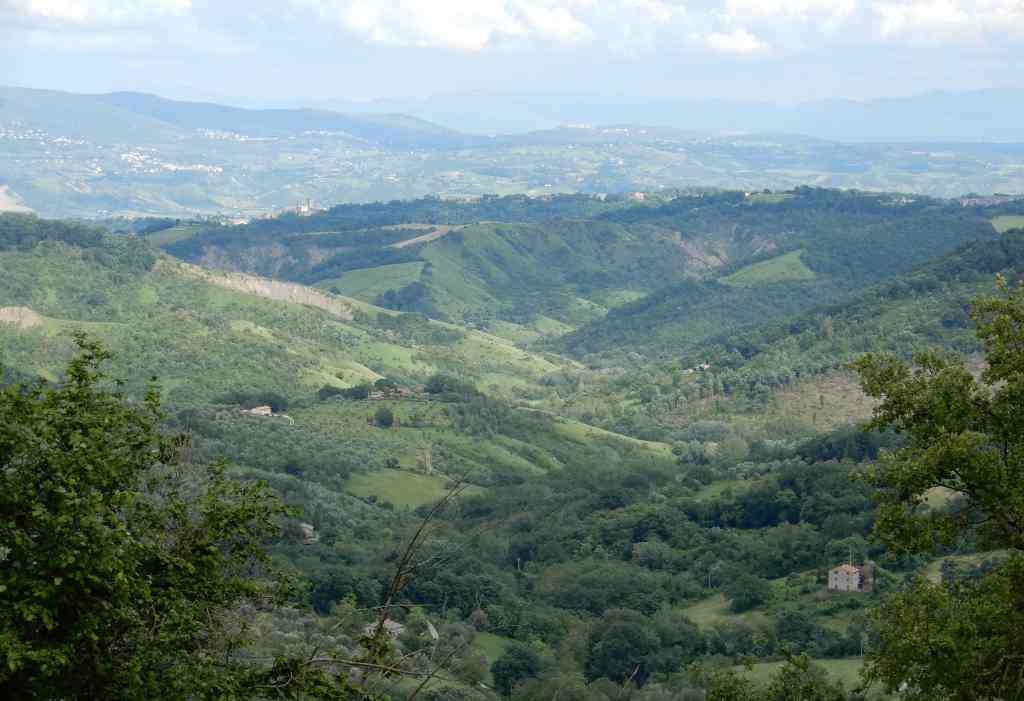
At the end of the bridge, we entered the town through the Porta Santa Maria, a stone doorway cut by the Etruscans 2500 years ago. Redecorated in the 12th century, the lions holding a human head are medieval symbols of the church.



The effort was definitely worth it, this magical place seemed frozen in time.


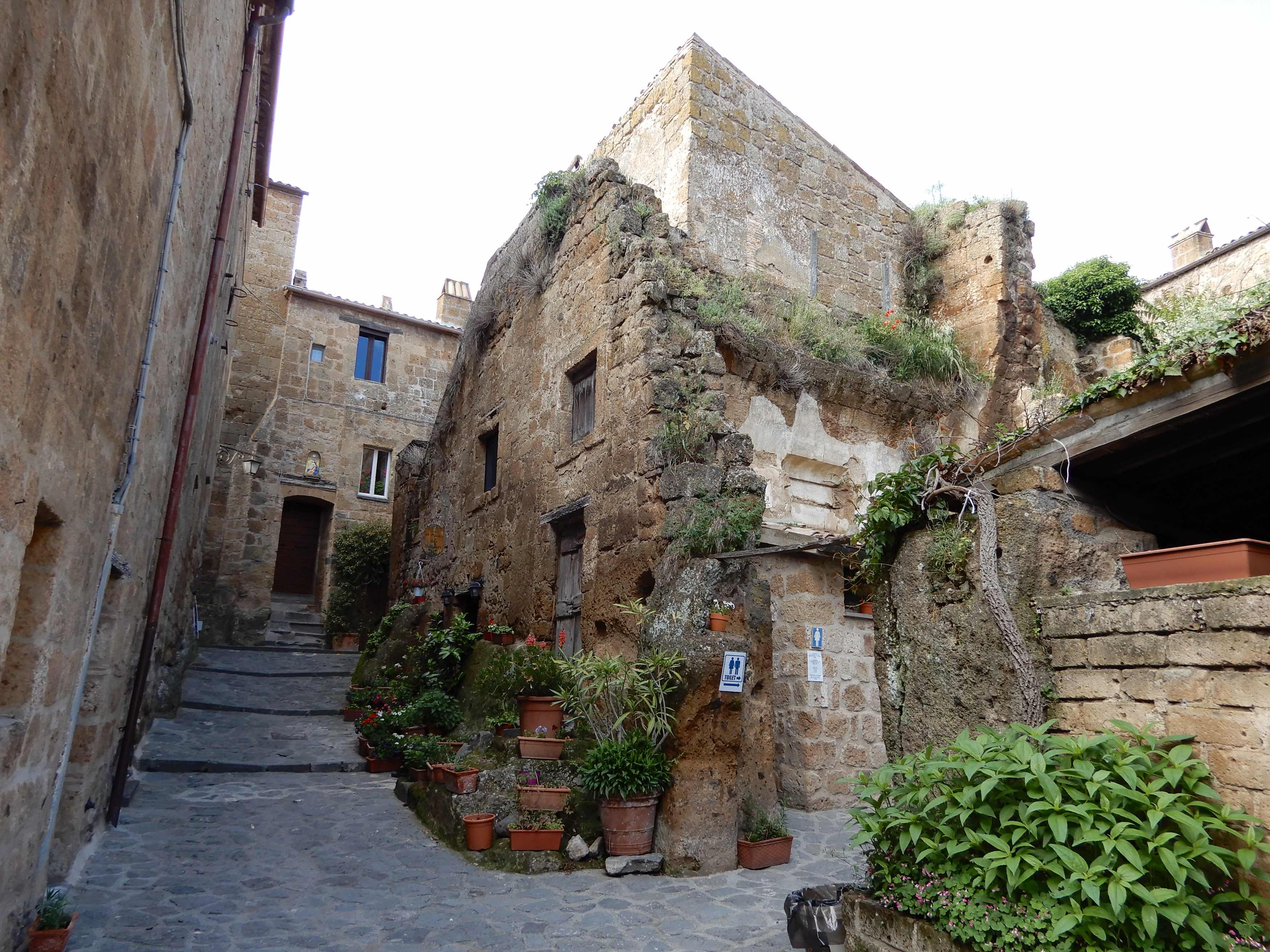
We wandered through streets unchanged since medieval times, the decorative door of the old palazzo and window above it has nothing but sky beyond. The rest of the building has long tumbled off the edge of the cliff.


The main square, Piazza San Donato, takes the name of the 5th century Romanesque church dedicated to Saint Donato of Arezzo, a 4th century martyr. The only church in town, it was the cathedral of Bagnoregio until 1699 when damage from the previous earthquake rendered it unsafe.

There was no shortage of eating establishments in the piazza, though the dinner crowds had yet to emerge.



A double archway leads to the Piazza del Vescovado, the seat of the ancient bishop’s palace.



We ambled along the cobblestones, fascinated by the architecture and intricacy of alleyways, arches and stairs.





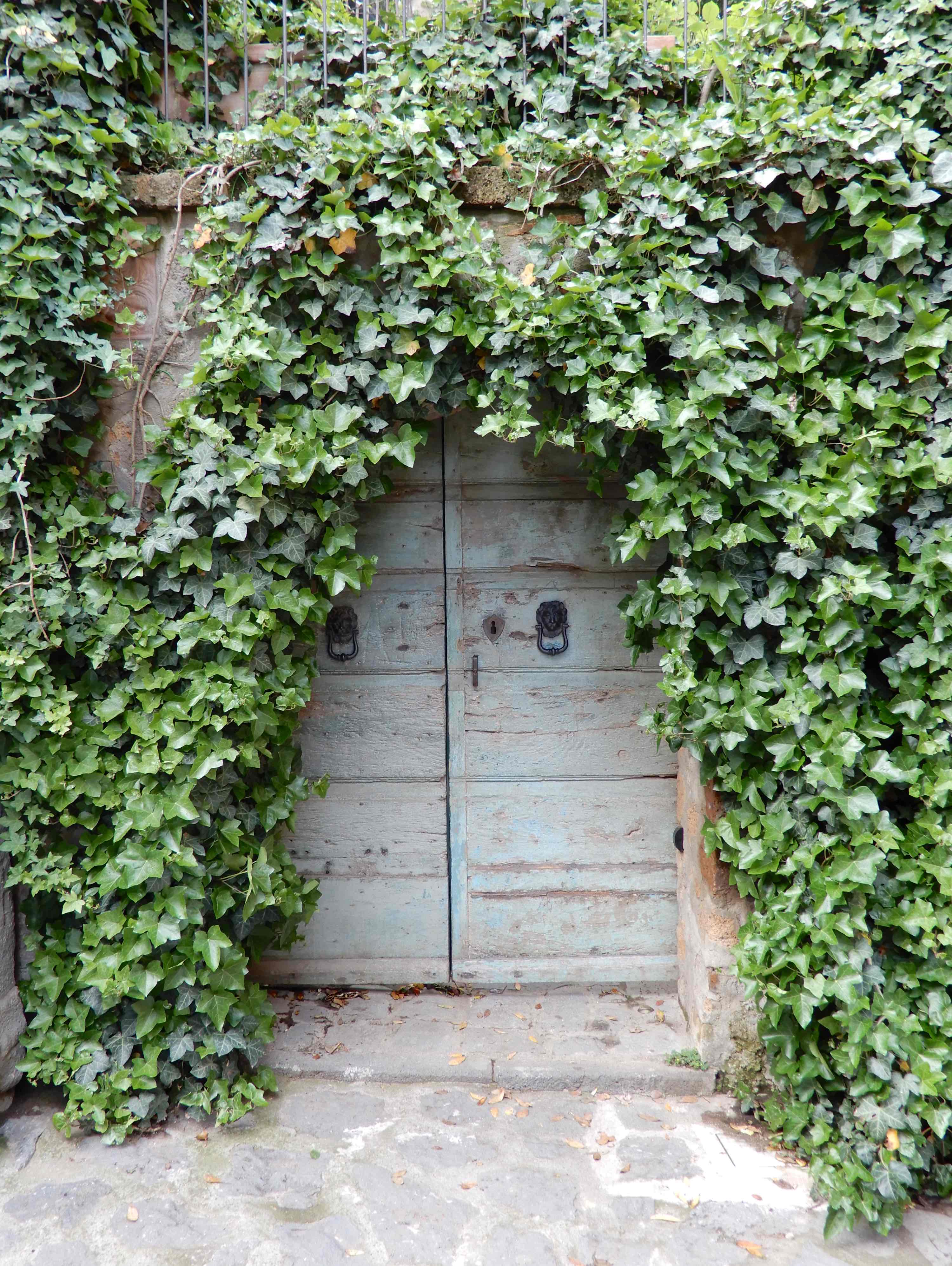





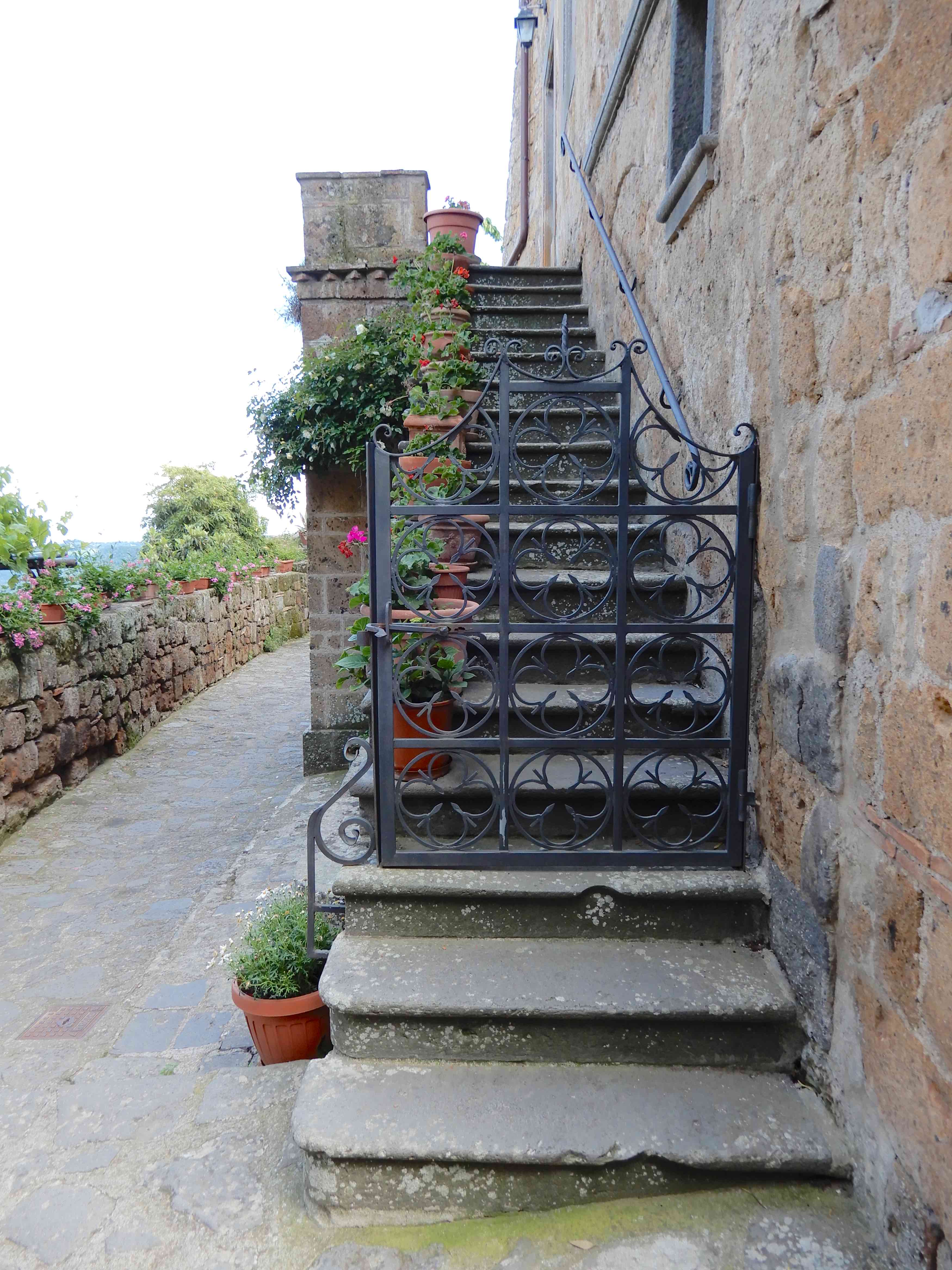
At the end of the village, a road leads to nowhere

and an interesting set of steps descend into the tufa below.

The return journey was easier on the legs,

though we were tempted to hitch a ride.

The erosion on the surrounding hillsides hinted at the future of this beautiful landscape.
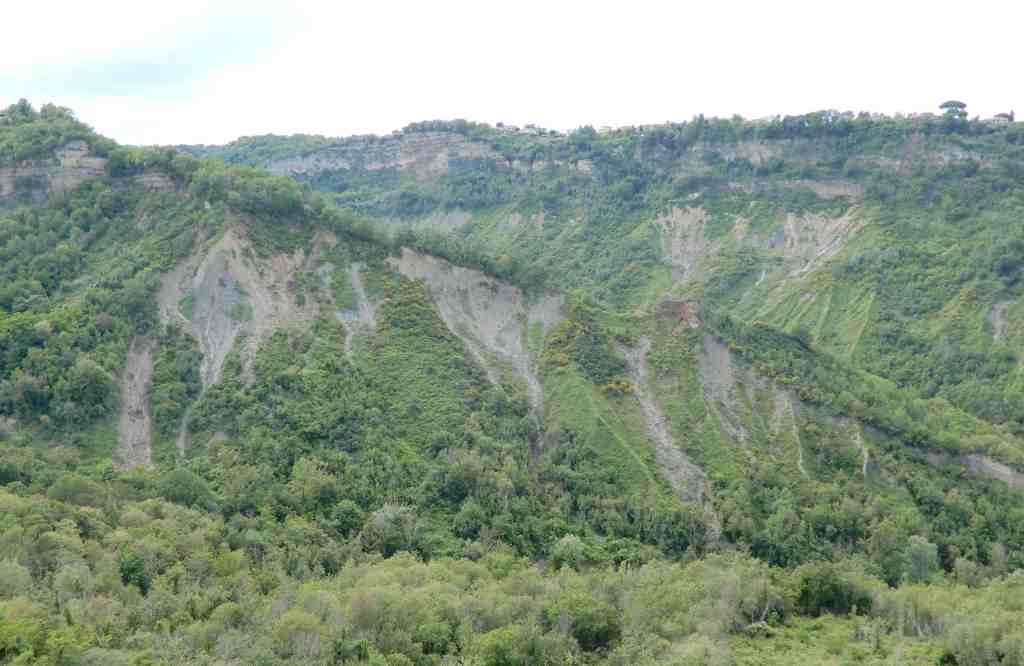
We waited for the bus in a lovely square with a bronze monument dedicated to Bonaventura Tecchi, a writer born in Bagnoregio in 1896.

From here, ‘the dying town’ of Civita shone radiantly in the evening sun.


Enchanting, storybook stuff!! 🙂
LikeLike
It was absolutely magical.
LikeLike
What a privilege to have visited such an historical beauty spot before it is lost one day forever ,
LikeLike
It is a sad thought that it will one day be gone.
LikeLike
How amazing!
LikeLike
It was one of the most beautiful and certainly the quietest town we
visited in Italy.
LikeLike
Truly stunning, it must have been a real pleasure to visit as it looks so quiet.
LikeLike
There weren’t many people around. It was late afternoon and I guess most tourists are day trippers. Those that stay were probably just
rousing from siesta in time for aperitivo.
LikeLike